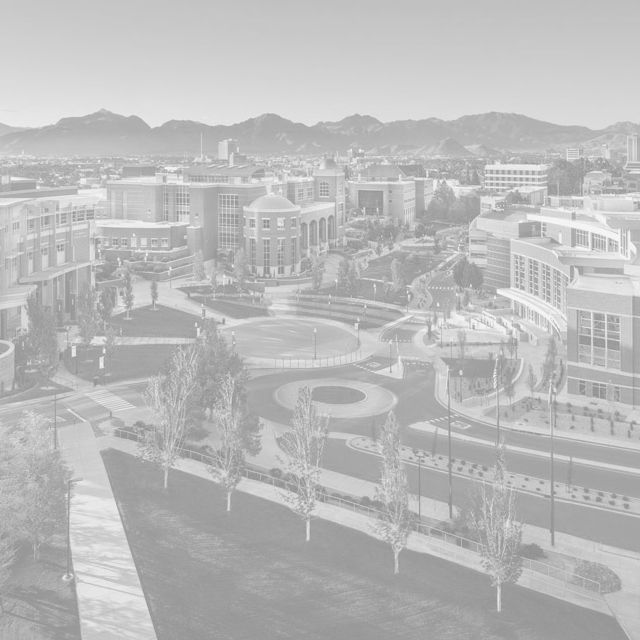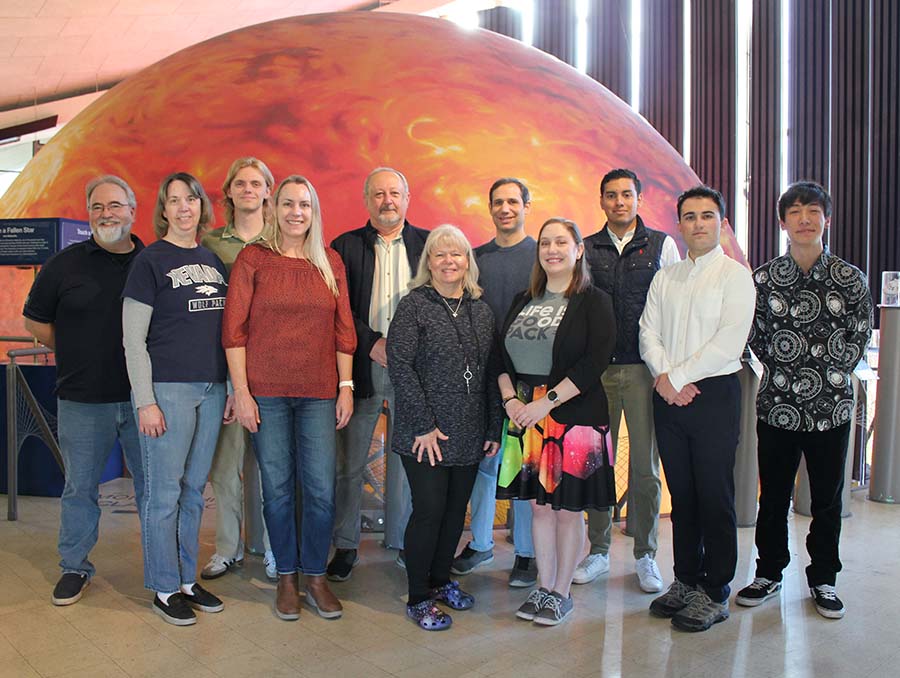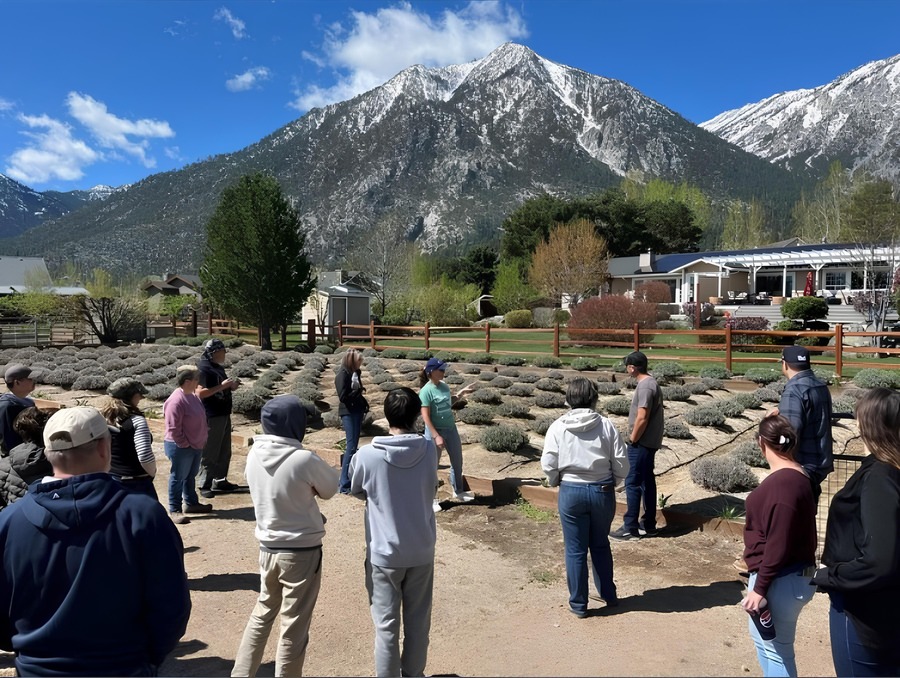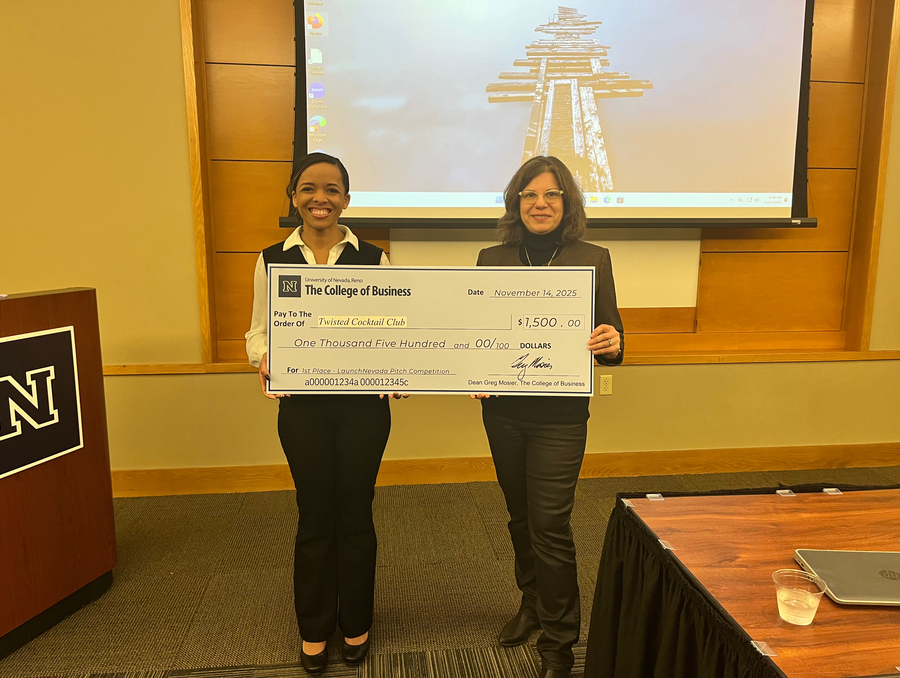Test for radioactive gas during Lung Cancer Awareness Month
Winter is the perfect time to test your home for radon – here's how
We typically spend more time in our homes this time of year, but now, more of us are working and attending online meetings and webinars in our homes than ever before due to the COVID-19 pandemic. This change in scenery is potentially increasing our exposure to a radioactive gas that can enter and accumulate in any building. When this gas, called radon, is present, there could be an increased risk of lung cancer due to the longer hours spent in the home. As part of Lung Cancer Awareness Month, University of Nevada, Reno Extension's Nevada Radon Education Program is urging Nevada residents to test their homes for this radioactive gas.
Radon, created naturally from the decay of uranium in dirt, soil and rocks, rises from the ground and can enter buildings and homes, elevating levels. Radon is the second-leading cause of lung cancer in the United States, behind tobacco.
The EPA action level, or level at which the EPA recommends acting to reduce the risk, is 4 picocuries per liter of air (pCi/l). However, this level was determined in the late ‘80s, early ‘90s by considering the time period’s health risk, technology and cost to perform a home repair called radon mitigation. Nowadays, experts agree that living in a home with radon concentrations at the EPA action level poses as much risk of developing lung cancer as smoking about half a pack of cigarettes a day. In fact, the World Health Organization’s action level is 2.7 pCi/l, and a properly installed and functioning radon mitigation system can reduce the radon level to below 2 pCi/l. Yet to date, more than 25% of homes tested in Nevada have levels at or above 4 pCi/l.
Because you can’t see, smell or taste the presence of radon, testing is the only way to determine how much of the radioactive gas you are being exposed to. The Nevada Radon Education Program recommends that residents test their homes for the radioactive gas at any time during the year, but winter is the perfect time to test. In addition, the EPA recommends retesting every two years, after significant seismic activity, and before and after remodeling.
Testing is easy, and you can test your own home using a radon test kit from the Nevada Radon Education Program. Or, you can hire a certified radon measurement professional. Go to the Nevada Radon Education Program website or call the radon hotline at 888-RADON10 (888-723-6610) for more information about radon and testing for the gas.
The best way to reduce the health risk caused by radon is to first, test your home for the gas, and then reduce the level if needed. Levels are reduced through radon mitigation. It’s best to use a trained, certified radon mitigator who also has a C-1 Nevada contractor’s license specific to radon mitigation. Lists of certified radon measurement and mitigation professionals are available on the program’s website.














